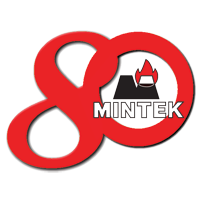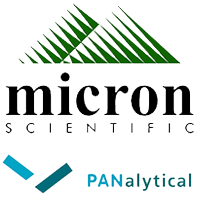Theme: Planetary and Cosmic Mineralogy
Challenges In Asteroidal, Lunar and Martian Mineralogy
Convenors: Prof. Jesús Martínez-Frías; Prof. Fernando Rull-Pérez
Description:
The session focuses highly on the state-of-the-art and new scientific perspectives related to the study of meteorites, as well as on the mineralogical and geochemical data from space missions (asteroids, the Moon and Mars). In addition, it would address the significance of the Earth analogs, mainly in connection with the identification of mineralogical bio-geomarkers and habitability, and their geoeducational and geoethical issues.
Keynote Presenter: Prof. Sara Russell, Head of the Division of Meteoritics and Cosmic Mineralogy, Natural History Museum (UK)
Keynote Presentation: Challenges in asteroidal science: Deciphering the origin of chondrites
High-Pressure Minerals in Shocked Meteorites and the Earth's Mantle
Convenors: Dr. Ansgar Greshake; Dr. Jörg Fritz
Description:
In recent years many high-pressure mineral polymorphs predicted to occur in the Earth's mantle have been discovered in highly shock-metamorphosed meteorites. This session intends to bring together experts in meteorite shock metamorphism and mantle mineralogy to present and discuss latest results regarding formation conditions and mechanisms of high-pressure minerals in different pressure-temperature-time regimes.
Impact Catering: A Fundamental Planetary Process
Convenors: Prof. Uwe Reimold; Prof. R.L. Gibson
Description:
This session covers the promotion of all things geological, mineralogical, and geochemical about impact structures and the products of impact cratering – globally, and especially in Africa.
Mineralogical Co-Evolution of the Geosphere and Biosphere
Convenors: Prof. Robert Hazen; Dr Axel Hofmann; Robert Downs; Edward Grew
Description:
During the early stages of its history, Earth was physically and chemically very different from today. The planetary interior was hotter and magmatic and hydrothermal processes were widespread. The oceans and atmosphere were anoxic. Large impacts occurred frequently. It was under such conditions that life emerged and the Geosphere and Biosphere started to co-evolve.
Recent research reveals striking correlations among Earth's changing near-surface mineralogy and large-scale geological and biological events. Many aspects of Earth's major transitions, including changing properties of the oceans and atmosphere, shifts from vertical to lateral tectonics, the supercontinent cycle, and such biological innovations as photosynthesis, eukaryotes, multicellularity, skeletal biomineralization, and the rise of the terrestrial biosphere appear to be interdependent. In particular, the changing character of near-surface mineralogy (mineral evolution) and life (biological evolution) reveal striking examples of the co-dependent geosphere and biosphere.
This session will explore Earth's changing mineralogy through deep time, beginning with investigations on the most ancient terrestrial surface record, in particular by incorporating recent findings from the ICDP-funded Barberton drilling project "Peering into the cradle of life," as well as other studies of Archean formations. It will then explore co-dependences of the geosphere and biosphere throughout Earth history, form the rise of oxygenic photosynthesis and the Great Oxidation Event, through Proterozoic evolution of the oceans and atmosphere, through intertwined mineralogical and biological innovations of the Phanerozoic Eon.
Keynote Presenter: Patricia Dove
Mineralogy of the Outer Solar System
Convenors: Dr. Razvan Caracas
Description:
The aim of this session is the study of physical and chemical properties of planetary ices that are the main constituents of the objects evolving in the outer solar system. Starting from observational data of surface ices, from the physical and chemical properties of ices, from modelling and experiments we aim to build an evolution towards a more comprehensive view and dynamics of ices at depth and at the surface of the various ice giants, icy objects, planetesimals, satellites, etc. from the outer solar system. Beyond the properties of ices, hydrates, hydrated salts, clathrates, water-based solutions, we want to discuss the petrology of ices, the influence of ices on organic molecules and life, and the chemistry taking place at the surface of these objects. Contributions from all these fields and beyond are welcome with an aim to create an exchange zone where interdisciplinarity is promoted.
Keynote Presenter: Russel Hemley
General Session - Planetary and Cosmic Mineralogy
Convenors: Prof. Uwe Reimold
Description:
This is a general session under the Planetary and Cosmic Mineralogy theme, for submission of abstracts that do not conform with any themes or other sessions under this theme.











